Serama Chicken: Small In Size, Big In Boldness
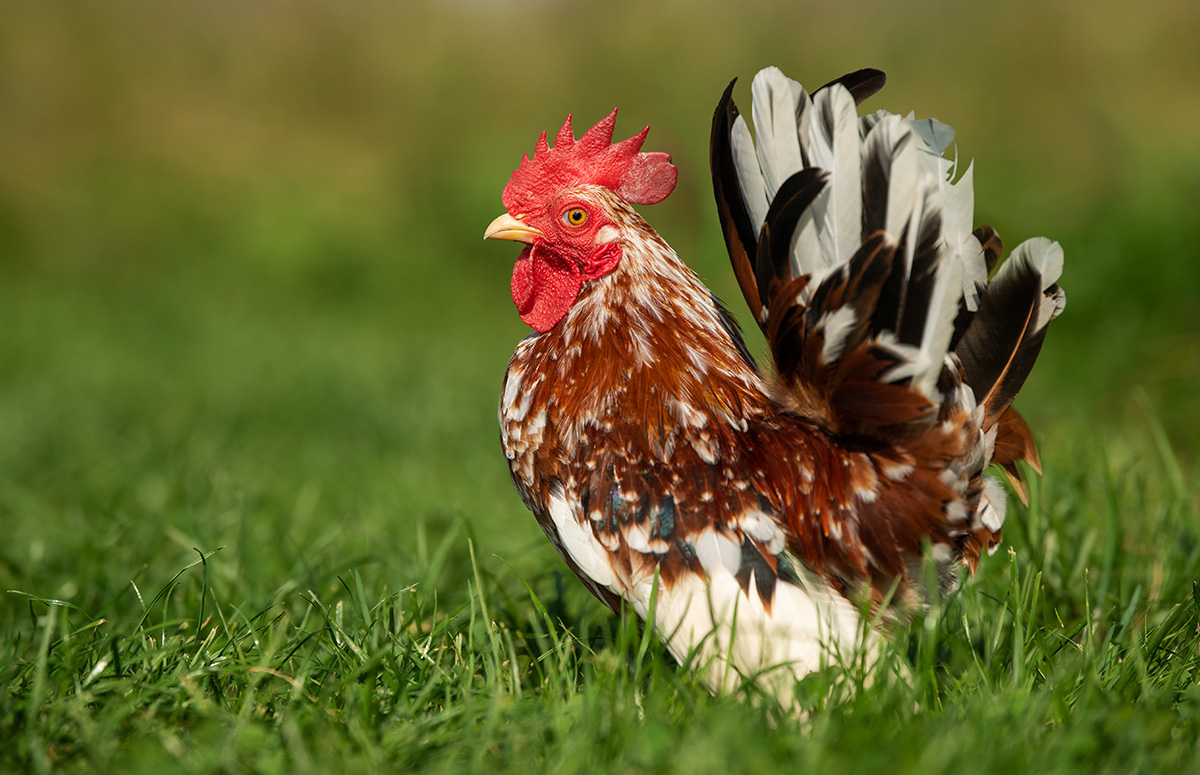
Get ready to meet the ultimate superstar: the Serama chicken! This tiny poultry breed is known for its big personality, bold attitude, and striking appearance. With its upright v-shaped posture, the Serama chicken is a true showstopper that will turn heads.
- Serama hens lay around 150 eggs yearly, depending on the strain
- Worldwide known as the smallest chicken breed
- V-shaped posture
- Carry a lethal gene, makes breeding difficult
| Eggs | Around 150 eggs/year |
| Egg Color | Tinted |
| Egg Size | Small |
| Weight | 14 oz – 18 oz |
| Hardiness | Not cold hardy |
| Temperament | Active & energetic |
| Beginner-friendly | No |
| Color | Varies |
Characteristics
Serama chickens are true Bantams, meaning they have no larger counterparts. In fact, it holds the title of the world’s smallest chicken breed. Originating from Malaysia, this breed can come in a variety of colors.
One of their most distinctive features is their V-shaped posture, created by their tail being held at a 90-degree angle.
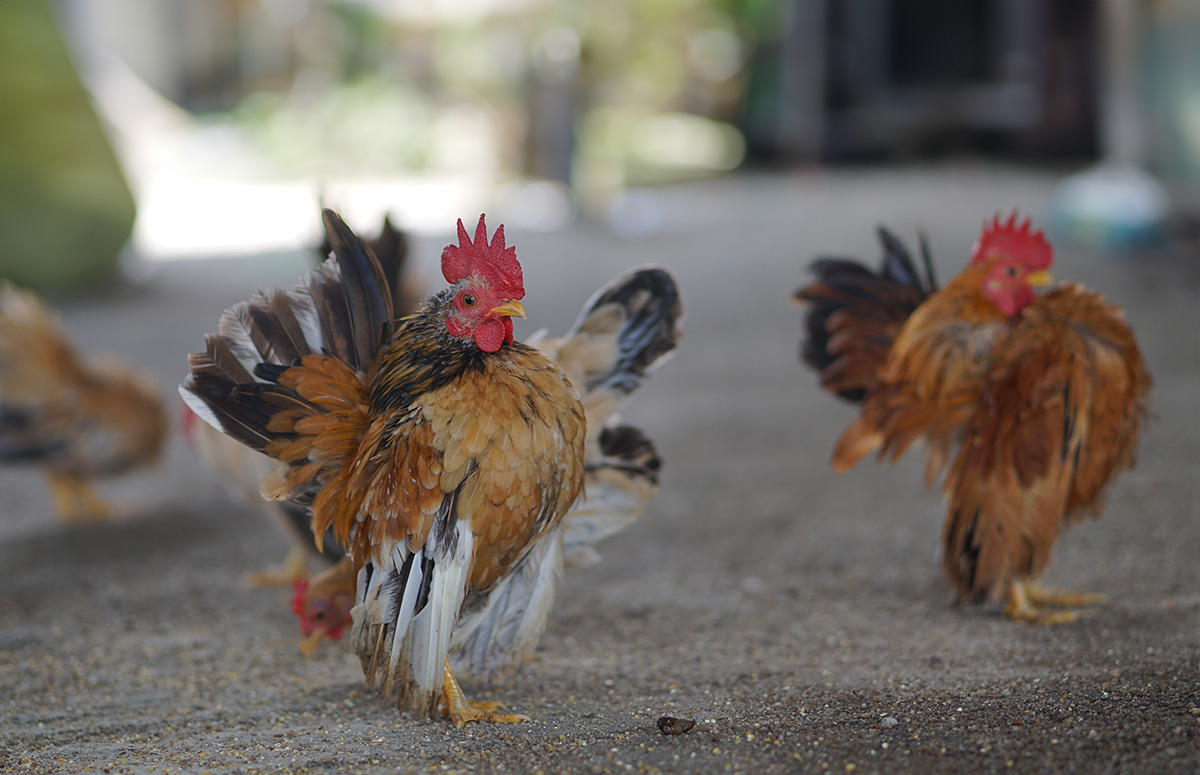
With their heads held high, chests puffed out, and wings neatly tucked against their bodies, Serama chickens radiate confidence and pride.
They resemble avian royalty with their erect posture and beautiful movements, winning over the hearts of chicken lovers and sparking their affection for these beautiful creatures.
Seramas V-shaped body appears almost royal because every feather seems meticulously arranged. Seramas are also available in a Frizzle variety.
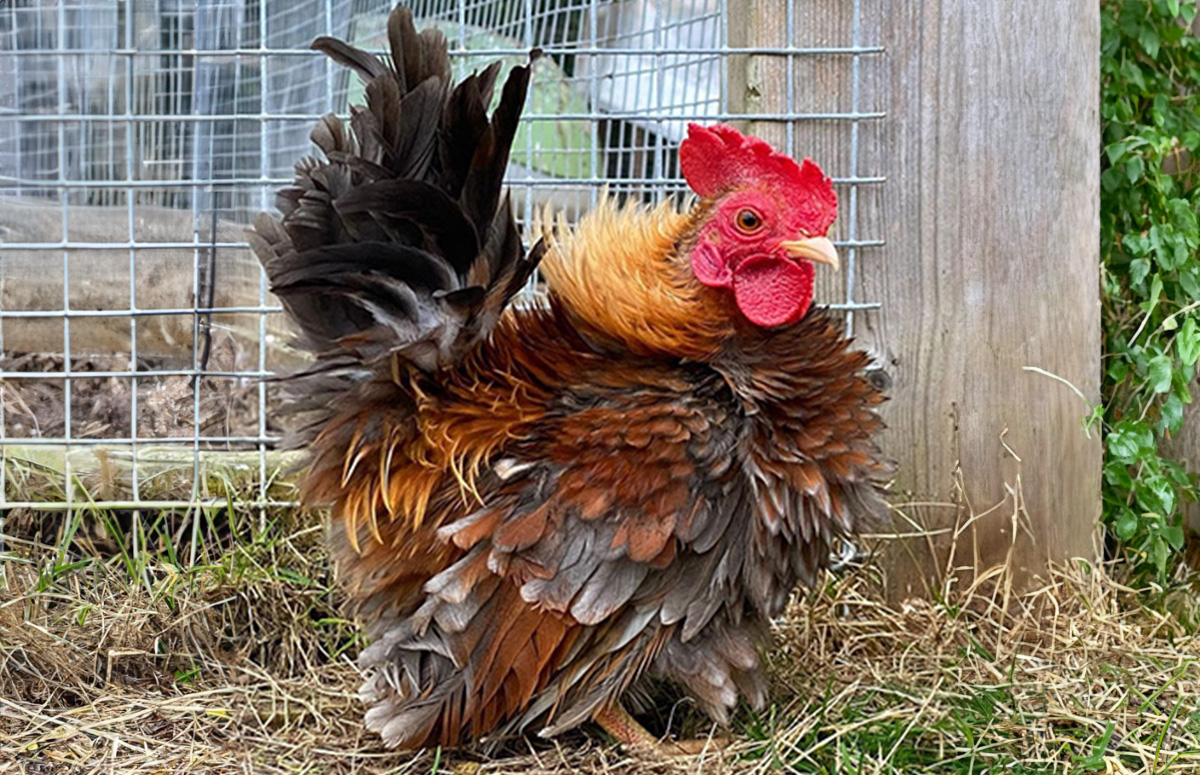
Seramas have lovable qualities that make them even more fascinating, in addition to their attractive appearance. They have an enthusiastic attitude and frequently show an intriguing blend of curiosity, boldness, and intelligence.
Seramas are well-recognized for being friendly and kind, which makes them the perfect companions for people looking for a feathery buddy. Their distinctive crowing, which is unusually loud for their size, gives them a whimsical quality.
Egg Production
Although the Serama chicken is famous for its small size, it is also well-known for its great egg-laying abilities. Although the precise amount of eggs a Serama can lay will depend on their diet, environment, and genetics, you can generally expect three to four eggs per week.
As Seramas are significantly smaller than other chickens, meaning their eggs are likewise smaller. Serama eggs are approximately half the size of a typical chicken egg. All eggs are cream-colored.
Serama chickens typically produce fewer eggs during winter when the days are shorter. They are also quite broody, which is something to remember if you’re not planning on hatching eggs.
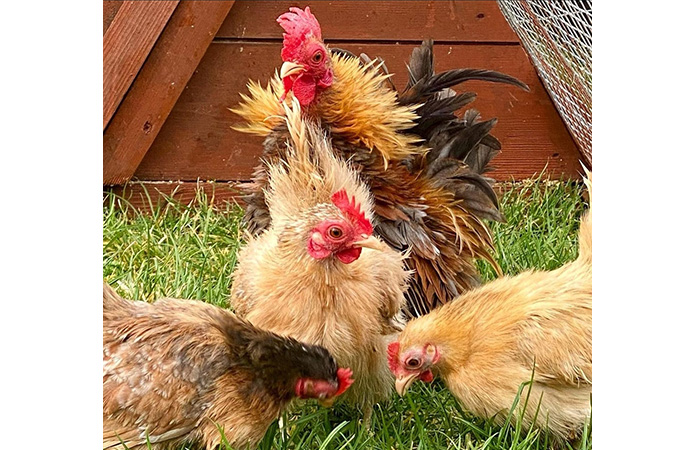
It’s important to feed Serama hens a well-balanced diet rich in protein, calcium, and other necessary elements if you want them to be productive and healthy egg layers. Ensure they can access clean, comfy nesting boxes to lay their eggs in privacy and fresh water.
Genetics and breeding processes can also impact a Seramas’ egg production. While some breeders focus solely on the appearance of the birds for show purposes, commercial hatcheries prioritize egg production over show quality and offer birds with better laying capabilities but lesser show quality.
Personality
The Serama is a relatively recent breed. They are frequently called the world’s tiniest chicken breed because roosters weigh only 16–20 ounces and hens only 12–16 ounces. Backyard chicken keepers love Seramas due to their big, bold personalities and small size.
Seramas are curious birds who love to explore their surroundings. In the garden, they frequently follow their owners and explore anything new that captures their attention. Despite their size, Seramas are self-assured and not easily intimidated. They are known for having feisty personalities and, if threatened, would take on larger birds or defend their flock.
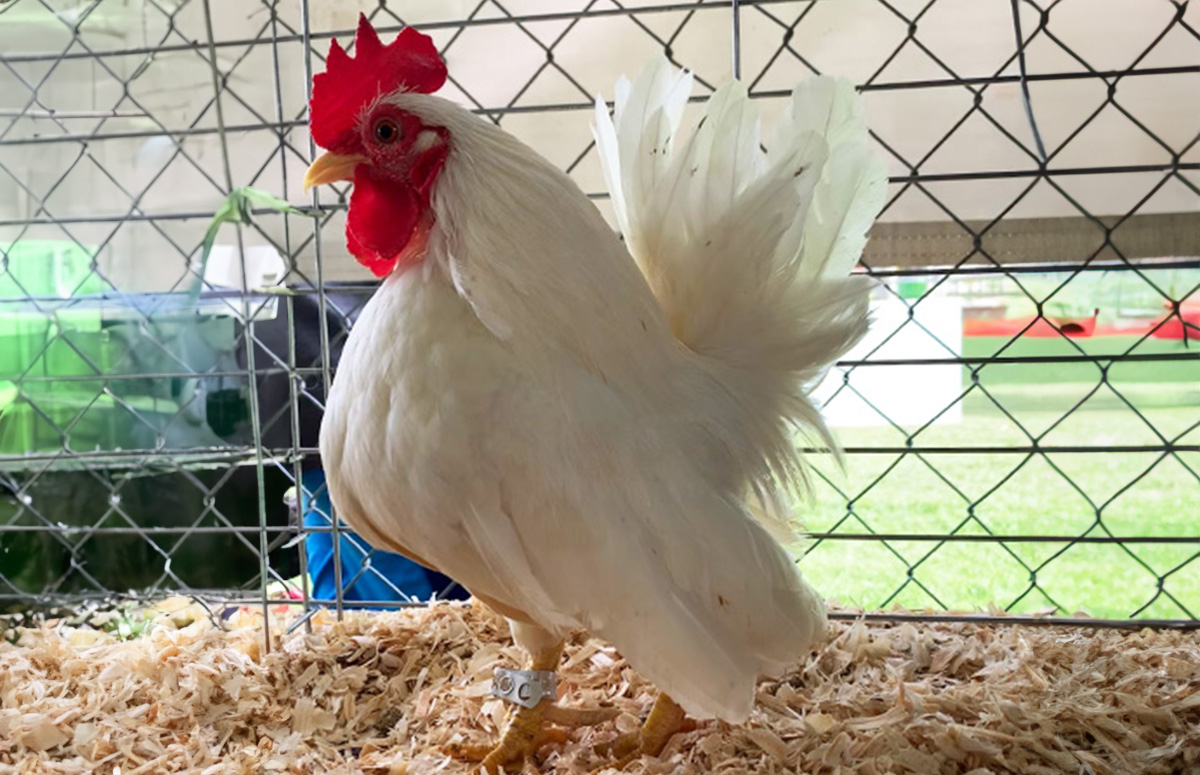
Serama chickens are also sociable birds who enjoy interacting with people and are calm in the company of kids. But they are also incredibly energetic and enjoy flying, running, and jumping. They require a lot of space to wander and a covered run if you don’t want them to escape.
Serama roosters can be loud and are well-known for their loud and distinctive crowing. Females frequently cluck and chirp to themselves or their owners and are communicative.
They are independent and don’t need as much care as some other high-maintenance breeds, like the Phoenix chicken. Nevertheless, they still love the company of other chickens and humans.
Needless to say, Serama chickens are fascinating animals with strong personalities. They are a fantastic option for backyard chicken owners searching for a sociable, energetic, and fun breed. Seramas may make fantastic pets and give their owners much pleasure if given the right care and attention.
Hardiness
Serama chickens prefer warm climates over cold ones, differentiating them from most other chicken breeds. Due to their small size and lack of insulation, they have a harder time retaining body heat and keeping warm during winter.
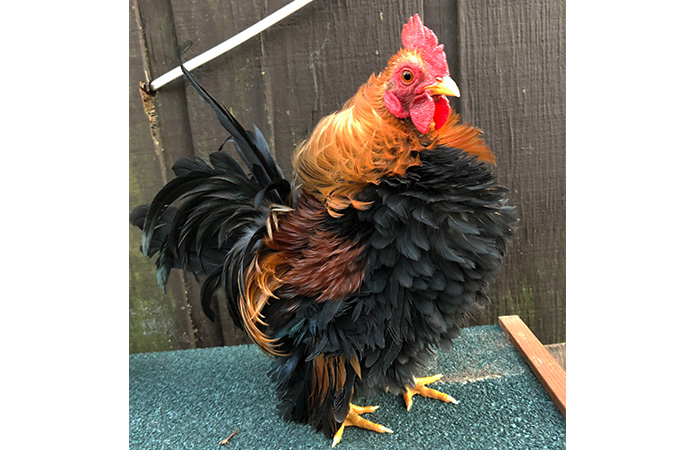
In fact, they are so sensitive to cold that they can even die or suffer from severe stress during cold nights.
They can tolerate temperatures between 60° and 90° F. Despite their resilience, Serama hens are sensitive to cooler temperatures due to their small size and tropical origins.
Seramas, unlike larger chicken breeds, lack the mass required for natural insulation, which can cause health problems and, in severe cases, even death when exposed to cold temperatures for an extended period.
If you live in a cold climate with harsh and cold winters, a Serama chicken is not your best choice. They must be kept in a dry, heated shed to stay warm and healthy.
Serama Chicken Breeding Difficulties
Beneath the beauty of the Serama chickens lies a complex genetic puzzle. Some strains of Seramas carry a lethal ‘short-legged’ gene inherited from their Japanese ancestors. The results of mating two Serama chickens carrying this trait can be heartbreaking. Around 25% of the babies that hatch will die before they emerge from their shells.
Due to this inherent difficulty, breeding with Serama chickens is a process that calls for passion, knowledge, and careful attention. The success rates of hatching Serama eggs by hobbyists are low.
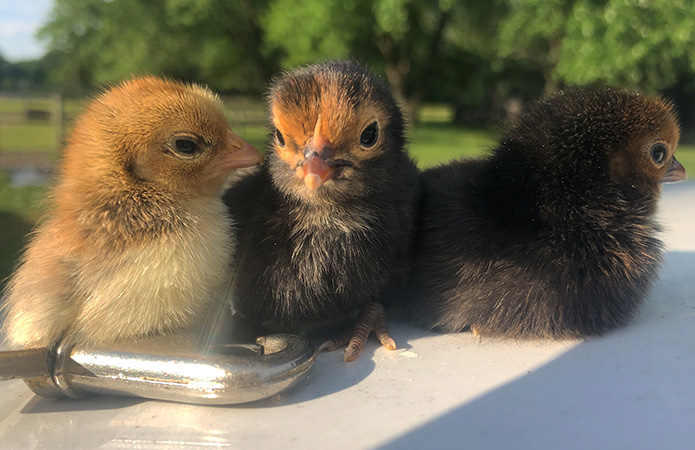
Selective breeding is complex, especially with Serama chickens. Breeders must be aware of these difficulties of genetics and willing to choose breeding pairings carefully.
Breeders can boost the likelihood of getting healthy, playful chicks by carefully choosing birds without the lethal gene. This complex process demands perseverance, expertise, and solid attention to detail.
Serama Breed History
The Serama chicken took off about fifty years ago. Several rumors surrounding the breed claim that the king of Thailand received the chicken as a gift back in the day. Still, whether this refers to the Serama breed or just another tiny or bantam chicken is not known.
The breed’s current form was developed in Malaysia by crossing Japanese and Malaysian bantams. The contemporary strain first emerged in the early 1970s, thanks to Malaysian Breeder Wee Yean Een, who lived and worked in Kelantan, Malaysia.
There are no official written standards for the breed in Malaysia, but there are guidelines for scoring and judging competitions.
Serama chickens were imported to the US and Europe around 2004.
Serama Varieties
Pet owners favor Seramas because of their bold and self-assured nature. They are also renowned for their remarkable appearance, which includes an upright posture, puffed breasts, and a compact physique. No wonder breeders love to work with this breed to create new varieties.
The Silkie Serama is one of the breed’s most well-known variations. This variety has Silkie-feathers which, as the name would imply, give them a silky and fluffy appearance.
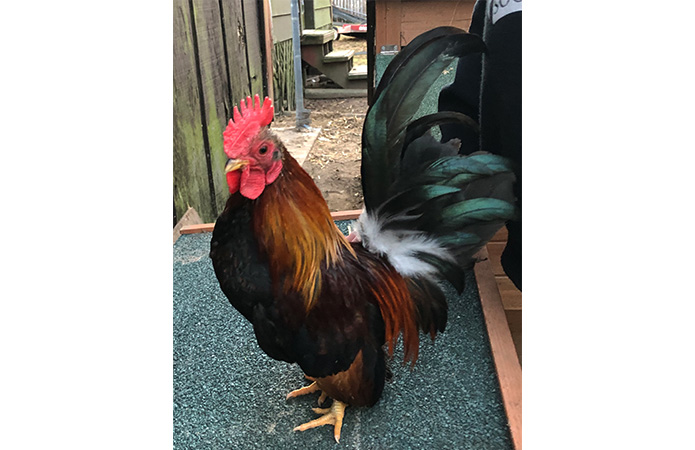
The Frizzle Serama is another well-known type, with feathers curling outward, giving it a quirky appearance.
There are various sub-varieties of the Serama breed as a consequence of selective breeding for particular qualities. For instance, the Black Breasted Red Serama has a black and red feather design on its breast, but the Porcelain Serama has a blue and white speckled feather pattern.
With so many options, there is a Serama variety for every chicken fan.
Summary
Serama chickens are a small and ornamental breed originating from Malaysia. They are considered the smallest chicken breed in the world and are known for their V-shaped posture and attractive feather patterns.
They are sociable birds that enjoy interacting with people. However, they are not cold-hardy and can even die during colder nights. They are known for having feisty and bold personalities.
If you want to learn more about chicken breeds, please visit our ‘Breeds‘ page. Or go to our listicle breed summary on ‘The Classroom‘, or, if you’re unsure where to start, take a look at our ‘Chicken Breeds: Ultimate Beginners Guide‘.






















